Poblet Monastery is a historic structure located in the Tarragona region of Spain. Built in the 12th century, the monastery belongs to the Cistercian order and was an important religious and cultural center in the Middle Ages. Today, Poblet Monastery, which is on the UNESCO World Heritage List, is a tourist attraction that attracts visitors.
The architecture of the monastery consists of a combination of Gothic and Romanesque styles. The church inside is decorated with a large dome and high Gothic arches. Other parts of the monastery include a library, dining hall, gardens, and cemetery.
Due to its historical and cultural significance, Poblet Monastery is one of Spain's most important tourist destinations. Visitors come here to explore the monastery's historical and architectural features, experience the lifestyle of the Cistercian order, and walk in the monastery's beautiful gardens.
Poblet Monastery: Tarragona's Mysterious Historical Heritage
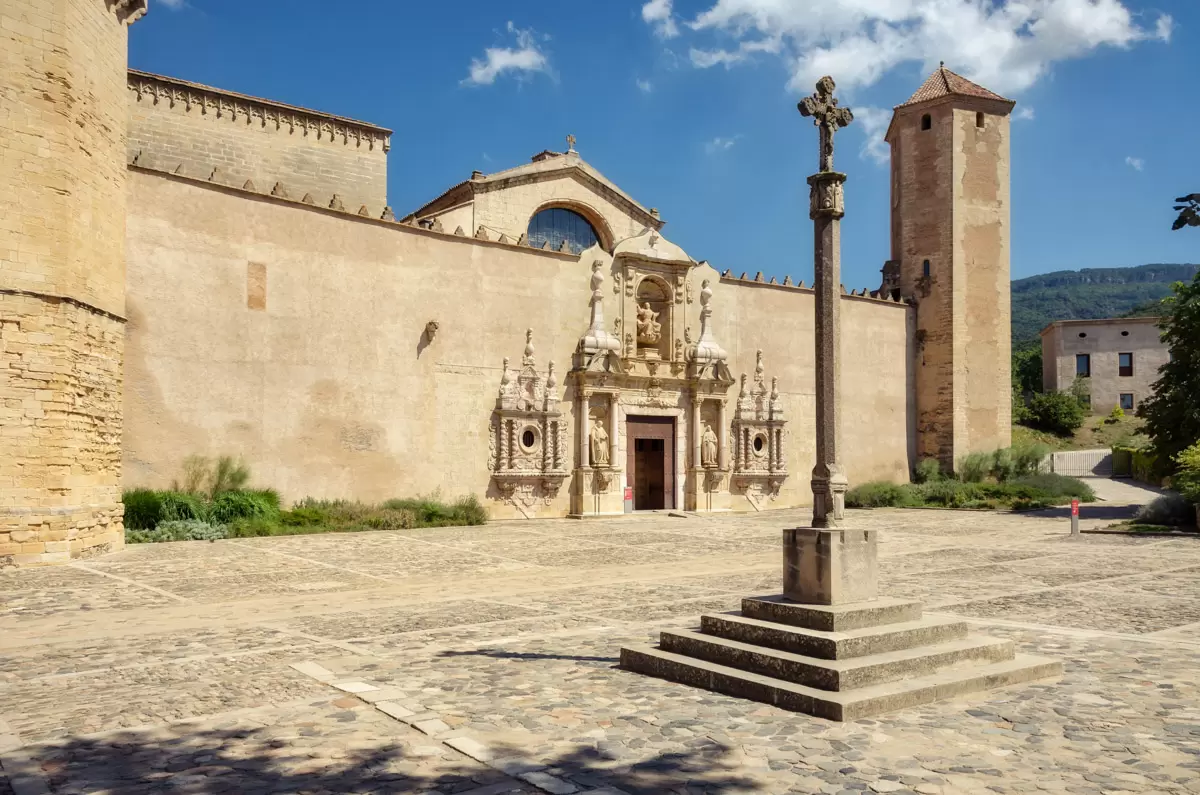
Poblet Monastery is a monastery located in the Tarragona region of Spain. Built in the 12th century, the monastery belongs to the Cistercian order and served as an important religious center in the Middle Ages. Today, it is considered a historical heritage that attracts tourists.
The history of the monastery begins in 1151 when it was gifted to the Cistercian order by Catalonia King Ramon Berenguer IV. The order immediately began construction and completed it in 1194. The monastery served as an important religious center and a place where many monks received education during the Middle Ages.
The architecture of the monastery was designed in accordance with the simplicity and austerity of the Cistercian order. The most important parts of the monastery include the church, library, dining hall, and living quarters for the monks. The church is the largest and most magnificent part of the monastery and contains many religious artifacts.
During the secularization movement in Spain in the 19th century, Poblet Monastery was closed. However, it was reopened during the Franco dictatorship in 1940. Today, the monastery is listed as a UNESCO World Heritage Site and is considered an important historical heritage that attracts tourists.
Poblet Monastery is an important part of Spain's historical and cultural heritage. Its architecture and history provide important clues about the religious and cultural life of the Middle Ages. Additionally, the monastery's attraction to tourists contributes to Spain's tourism industry.
Unexplored History: The Story of Poblet Monastery
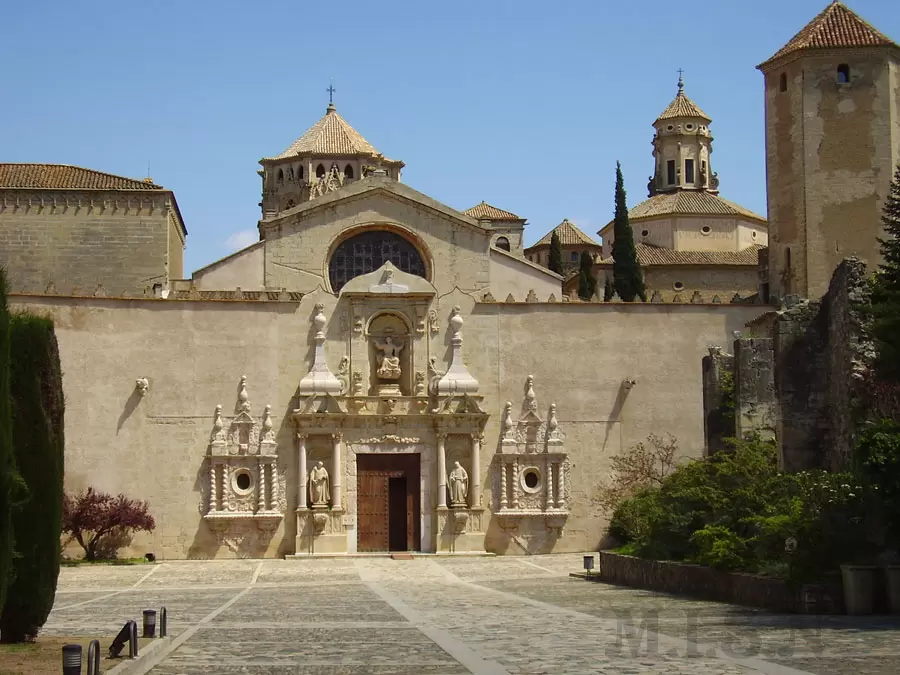
Poblet Monastery is a monastery located in the Catalonia region of Spain. Built in the 12th century, the monastery belongs to the Cistercian order and was an important religious center in the Middle Ages. The monastery was included in the UNESCO World Heritage List in 1991.
The history of Poblet Monastery begins with its donation to the Cistercian order by the local lord of Catalonia, Ramon Berenguer IV, in 1150. The order used many Roman ruins in the region to build the monastery. The construction of the monastery was completed in 1191 and has been restored many times since then.
The monastery was an important religious center during the Middle Ages. Due to many wars and conflicts throughout Spain's history, the monastery also suffered damage. During the Mendizabal Reform in Spain in 1835, the monastery was closed and many works of art were looted. However, the monastery was reopened and restored in the 1940s.
Poblet Monastery is one of the best-preserved monasteries in Spain. There are many works of art and historical artifacts inside the monastery. One of the most important parts of the monastery is the church where St. Bernard, the founder of the Cistercian order, is buried. Additionally, the monastery's library is also significant and contains many rare books and manuscripts.
Poblet Monastery is an important part of Spain's historical and cultural heritage. The monastery's history and architecture reflect the richness of Spain in the Middle Ages. The monastery is open to visitors and is one of Spain's tourist attractions.
Poblet Monastery: Tarragona's Most Important Cultural Heritage
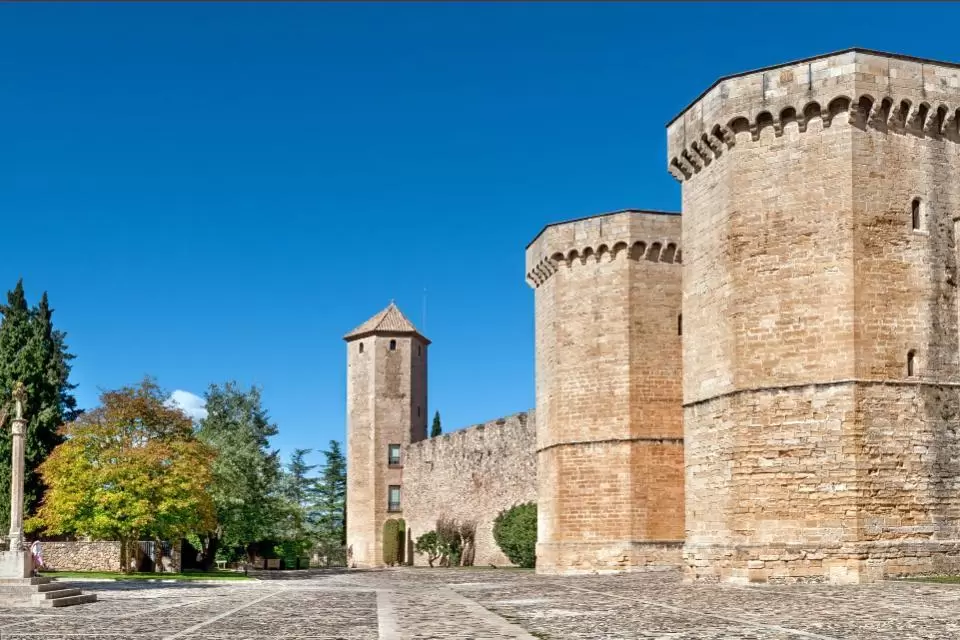
The Poblet Monastery is one of the most important cultural heritages located in the Tarragona region of Spain. Built in the 12th century, the monastery belongs to the Cistercian order and is one of the largest monasteries built in Spain during the Middle Ages.
The Poblet Monastery is of great historical and architectural importance. The stones used in the construction of the monastery were brought from the local quarries of the region. Therefore, the architecture of the monastery reflects the characteristics of the region's natural rocks. The church inside the monastery is covered with a large dome and is one of the largest churches of its time.
The history of the monastery is also quite rich. The region, which has been invaded many times throughout Spain's history, has also been affected by these invasions. During the period when Spain was invaded by Muslims, the monastery was used as a fortress. Later, with the transfer of the monastery to the Cistercian order, the history of the monastery changed.
Today, the Poblet Monastery is one of the most important tourist attractions in Spain. The museum inside the monastery tells visitors about the history and culture of the monastery. In addition, the gardens of the monastery are also quite famous. The various plants and trees in the gardens reflect the natural beauty of the monastery.
The Poblet Monastery is one of the most important examples of Spain's cultural heritage. The monastery, which is of great historical and architectural importance, tells visitors about the history and culture of Spain. In addition, the natural beauty of the monastery also attracts visitors.
Places to Visit in Tarragona: Visit Poblet Monastery
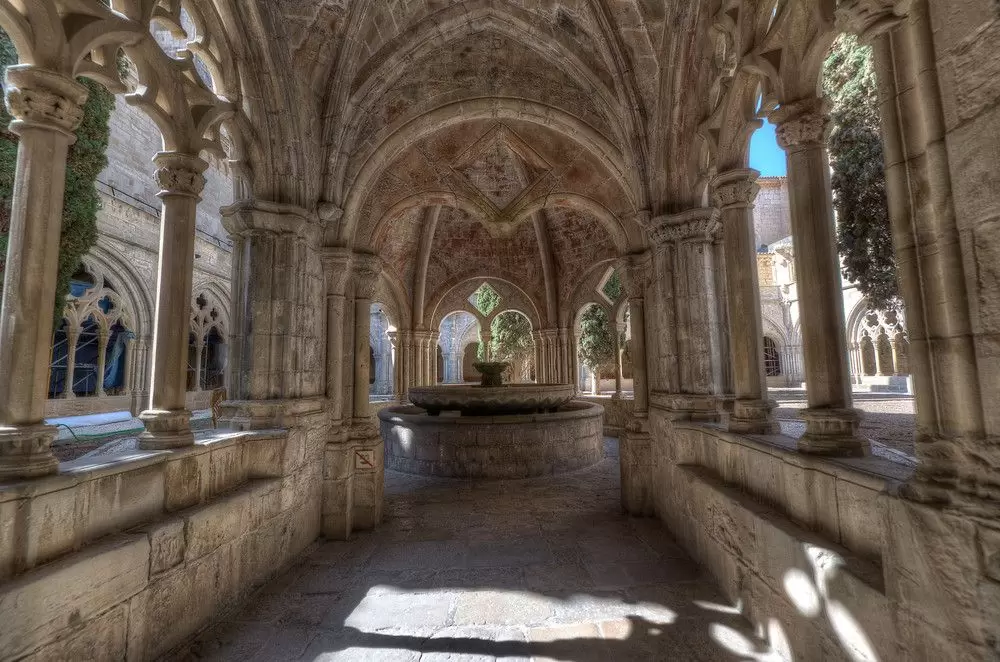
Tarragona is a historic city located in the Catalonia region of Spain. There are many places to visit in Tarragona that attract tourists with its historic texture, cultural heritage, and natural beauty. One of these places is the Poblet Monastery.
The Poblet Monastery is a Cistercian monastery built in the 12th century. The monastery, which is on the UNESCO World Heritage List, is one of Catalonia's most important historical structures. The stones used in the construction of the monastery were obtained from the region's volcanic rocks. Therefore, the architecture of the monastery is quite impressive.
The church inside the monastery is built in the Gothic architectural style. The frescoes and stained glass windows inside the church attract visitors' attention. Additionally, the cemetery inside the monastery has a historical atmosphere.
The Poblet Monastery is also the place where one of the best wines produced in Spain, Cistercian wine, is produced. The monastery's wine cellars are a place where visitors can taste wine.
The Poblet Monastery is one of the most important places to visit in Tarragona. Its historical texture, architecture, and natural beauty attract visitors. The church, cemetery, and wine cellars inside the monastery provide visitors with an unforgettable experience. It is recommended that everyone who visits Tarragona should definitely visit the Poblet Monastery.
Poblet Monastery: Tarragona's Religious and Historical Heritage
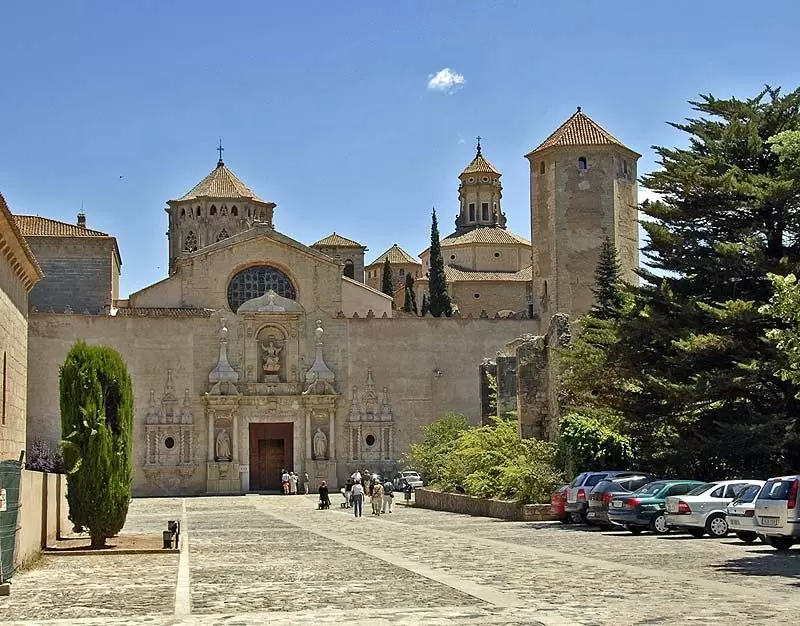
Poblet Monastery is a monastery located in the Tarragona region of Spain. Built in the 12th century, the monastery belongs to the Cistercian order and is one of Spain's most important religious and historical heritages.
The history of the monastery begins in 1151 when it was gifted to the Cistercian order by Catalonia King Ramon Berenguer IV. The order began construction of the monastery, which was completed in 1194. The monastery became an important religious and cultural center during the Middle Ages. However, its importance declined in the 19th century and it was abandoned.
In the 1940s, the monastery was restored and reopened. Today, it is listed as a UNESCO World Heritage Site and is visited by thousands of tourists every year.
The monastery's architecture reflects the characteristics of the Cistercian order. Built in a simple and plain style, the monastery has a religious and mystical atmosphere. The church inside the monastery is built in a Gothic style and has an impressive appearance.
One of the monastery's most important features is the cemetery area where the graves of Catalonia King Ramon Berenguer IV and his wife Peronella are located. Additionally, the museum inside the monastery tells visitors about its historical and cultural significance.
Poblet Monastery holds an important place among Spain's religious and historical heritages. Its architecture reflecting the characteristics of the Cistercian order and historical significance provide many reasons to visit the monastery.

Comments